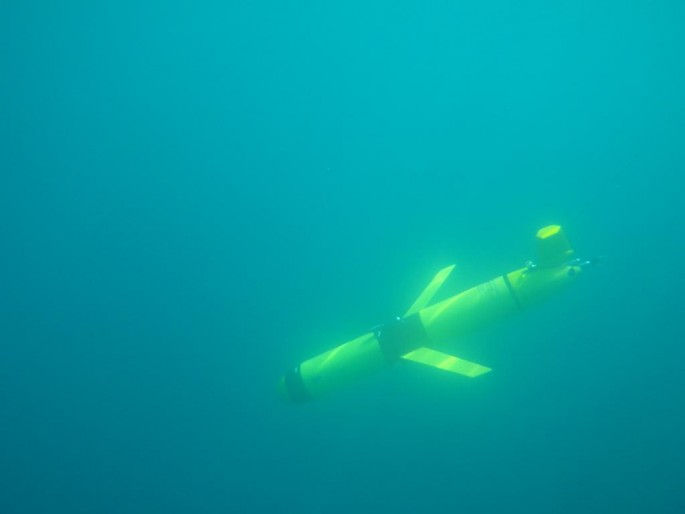MIT researchers have developed a robot with "cognitive" abilities thanks to its new algorithms. The thinking underwater robot can perform complex decision-making and autonomous missions.
The robot uses low-level commands in the form of scripts that MIT engineers wrote, to help guide underwater vehicles (AUVs). Humans set high-level goals, and then the robot uses high-level decision-making to determine the correct way to reach those goals.
If an obstruction prevents the robot from finishing a particular task, the new robot technology allows the machine to take certain steps. It can then quickly decide to stop the task or reconfigure its hardware, according to MIT News.
The researchers tested their robotic mission-planning system in March. They conducted their MIT study near the Australian west coast.
The scientists tested the underwater thinking robot on an underwater Slocum Glider. While it received high-level commands, the AUV was able to operate safely among several other autonomous vehicles.
MIT's AUV completed its missions and was able to achieve them without blocking the other underwater vehicles. For example, if another AUV spent extra time exploring in a certain area, the MIT thinking machine reordered its priorities and avoided the chance of collisions by remaining in its location, according to Pierce Pioneer.
Brian Williams, an MIT aeronautics professor, said that the researchers wanted to demonstrate that autonomous vehicles can "execute, adapt, and re-plan" their missions without humans helping. The mission-planning system allowed the AUV to zigzag around the reef.
Williams' MIT team will present its mission-planning system at the June International Conference on Automated Planning and Scheduling, in Israel.



























